Preventing Cat Acne and Chicken-Free Food Options



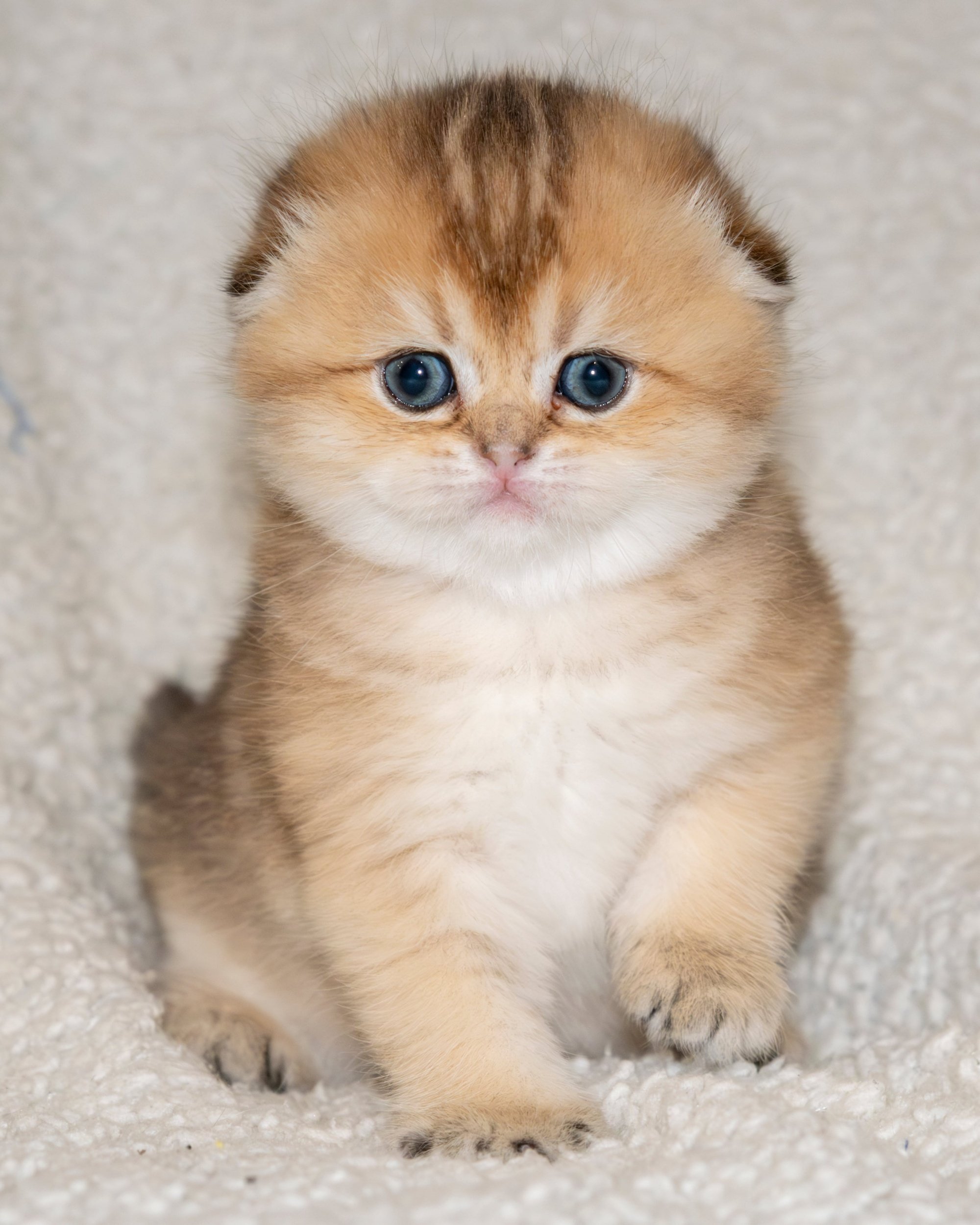
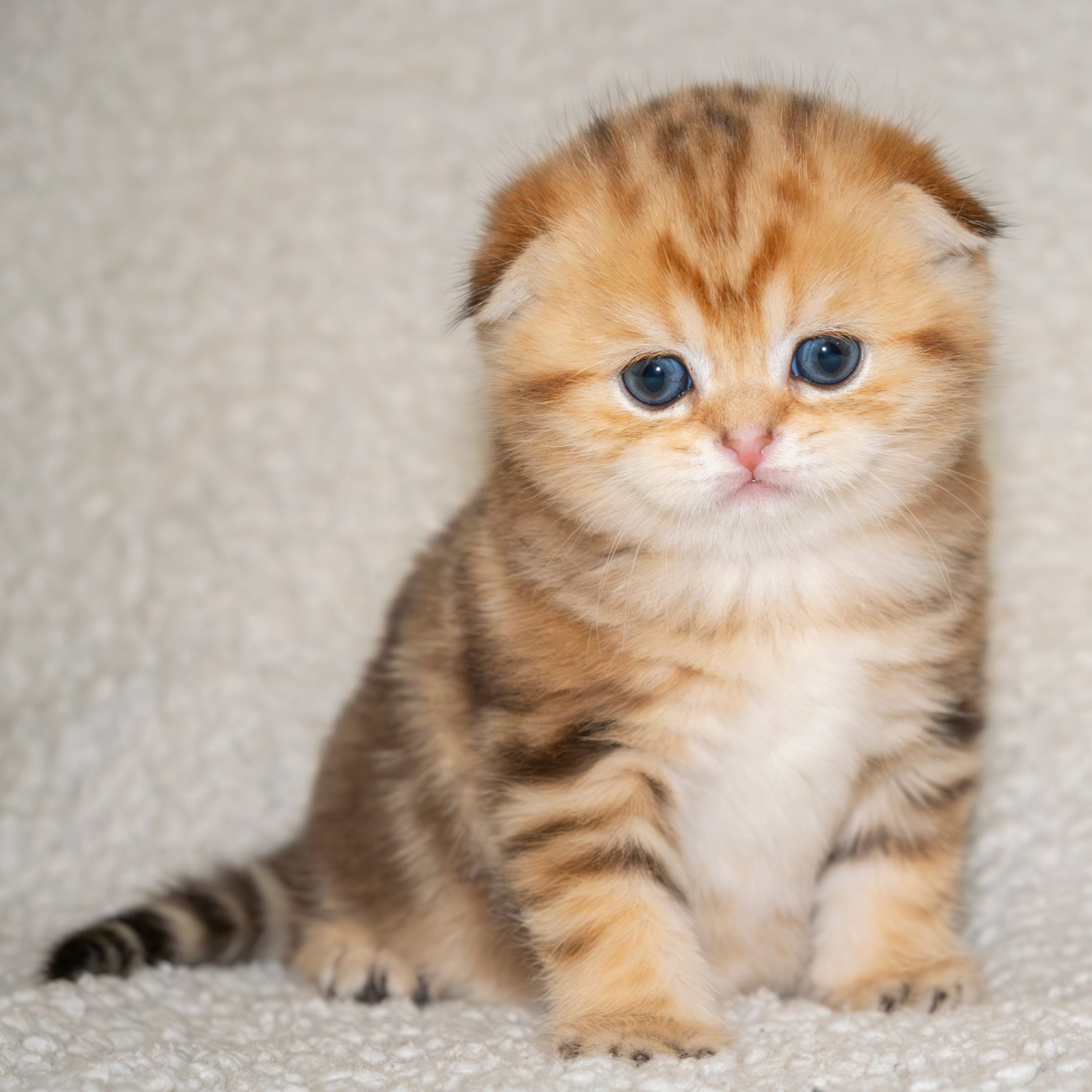
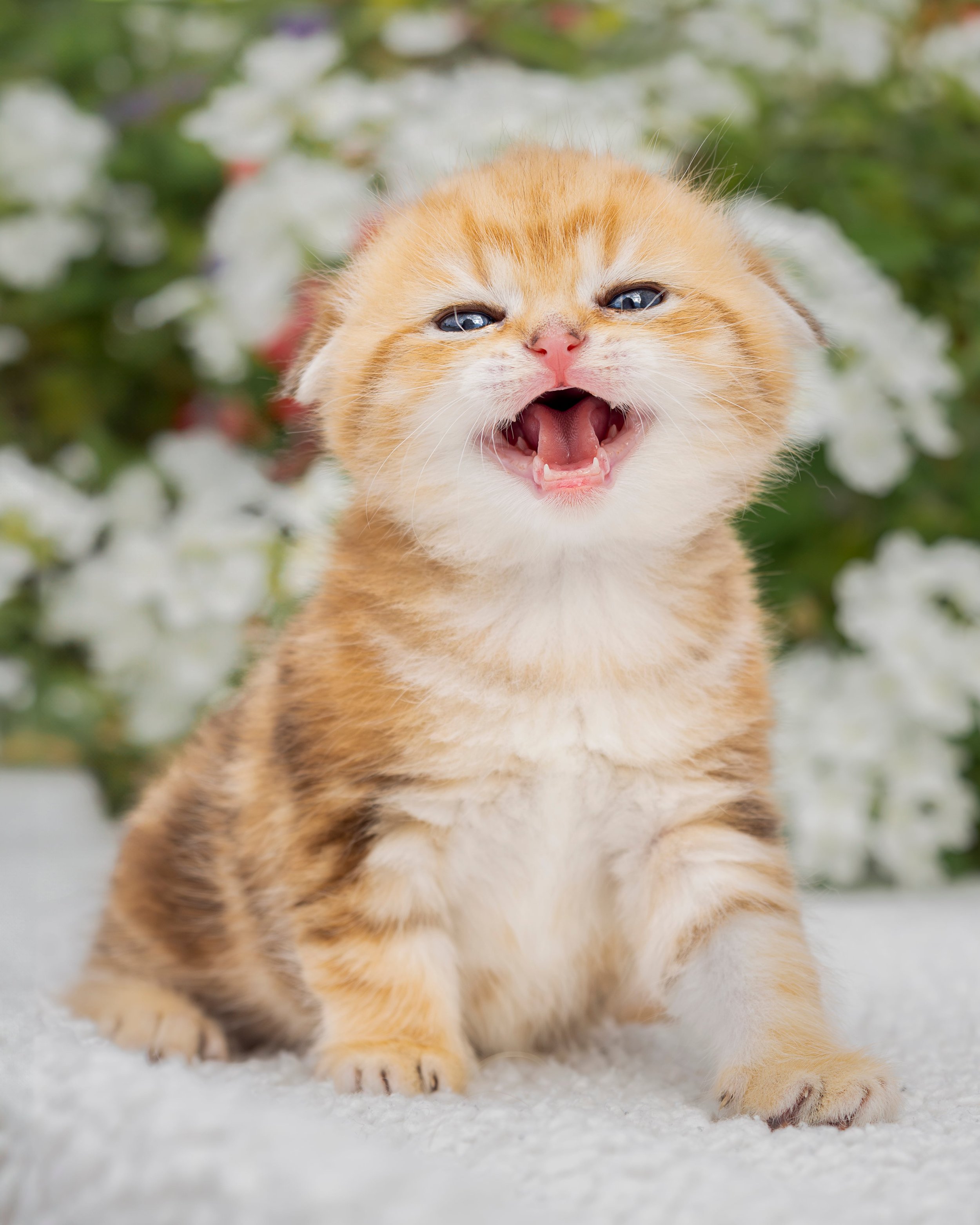






Cat acne, a common but often overlooked issue, can cause discomfort and skin irritation for your feline friend. This condition, primarily affecting the chin and lips, results from clogged hair follicles due to excess oil production, bacterial buildup, or allergens. One of the key factors in preventing cat acne is proper hygiene and a well-balanced diet. If your cat is prone to skin issues, especially those triggered by food sensitivities, a chicken-free diet might be beneficial.
These are only recommendations, so we encourage you to carefully review the ingredients to ensure they meet your kitten's individual dietary needs.
Causes and Prevention of Cat Acne
Cat acne can be caused by multiple factors, including:
Plastic Bowls: Plastic food and water bowls can harbor bacteria in scratches and crevices, irritating your cat’s skin. Switching to stainless steel or ceramic bowls and washing them daily can help.
Poor Hygiene: Residue from food or excessive oil buildup can clog follicles. Regularly wiping your cat’s chin with a damp cloth or using pet-safe wipes can prevent outbreaks.
Dietary Allergies: Some cats are sensitive to certain proteins, such as chicken, which can trigger skin issues, including acne. Switching to a hypoallergenic or limited-ingredient diet can reduce inflammation.
Stress and Hormonal Imbalances: Stress can contribute to excessive oil production. Providing a calm environment with routine care can improve overall health.
Best Chicken-Free Food Options for Cats
For cats with suspected chicken allergies or sensitivities, choosing the right food is crucial. Here are some high-quality, chicken-free cat food options:
Cat Dry Food:
Cat Wet Food:
Additional Tips for Skin Health
Omega-3 Supplements: Adding fish oil or omega-3 supplements can promote a healthy coat and reduce inflammation.
Probiotics: Supporting gut health can also improve skin conditions.
Hydration: Ensure your cat drinks plenty of water to keep their skin and coat hydrated.
By combining proper hygiene practices and a chicken-free diet, you can effectively manage and prevent cat acne while promoting overall skin health. If acne persists, consult your veterinarian to rule out underlying medical conditions.


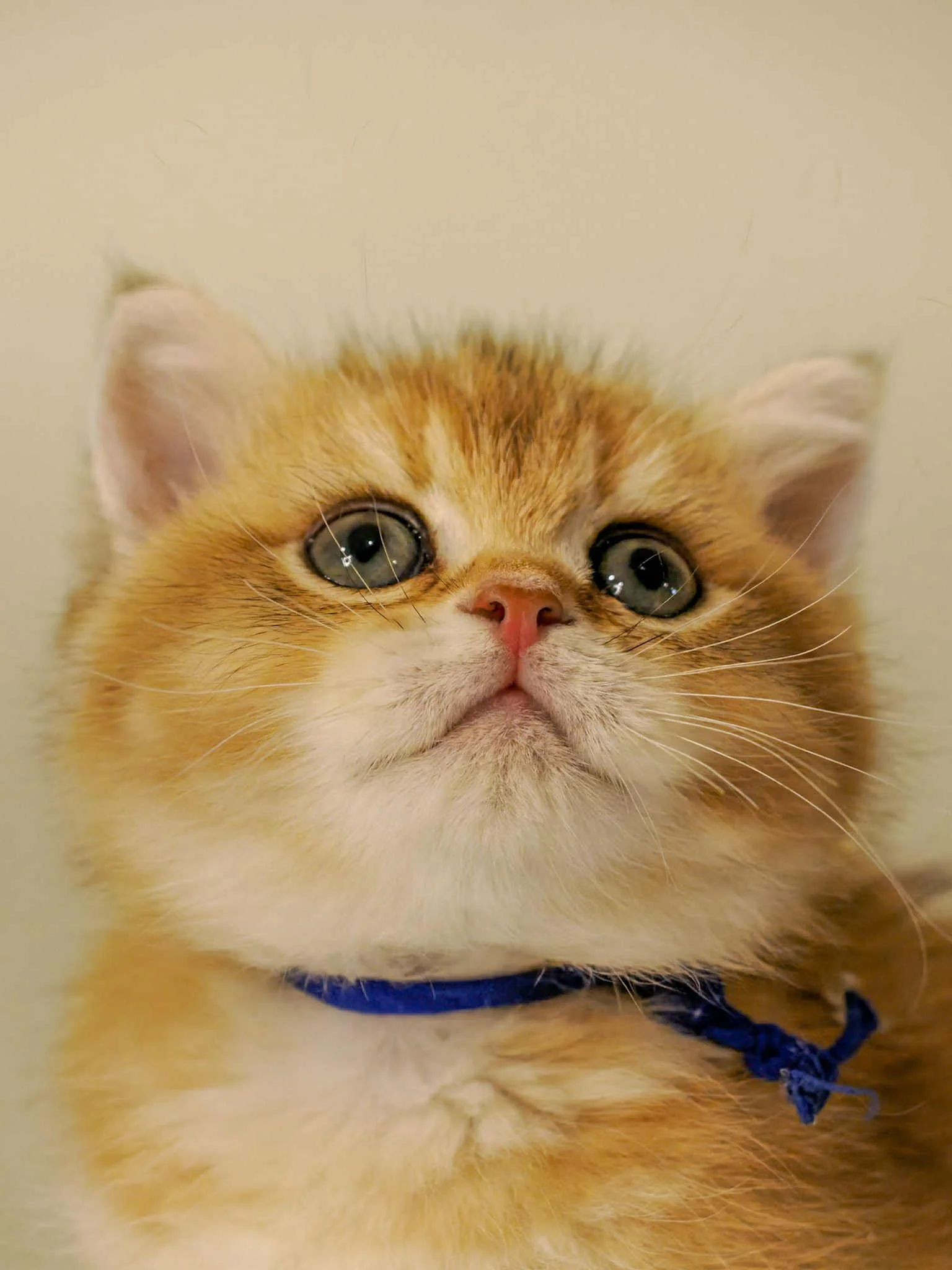






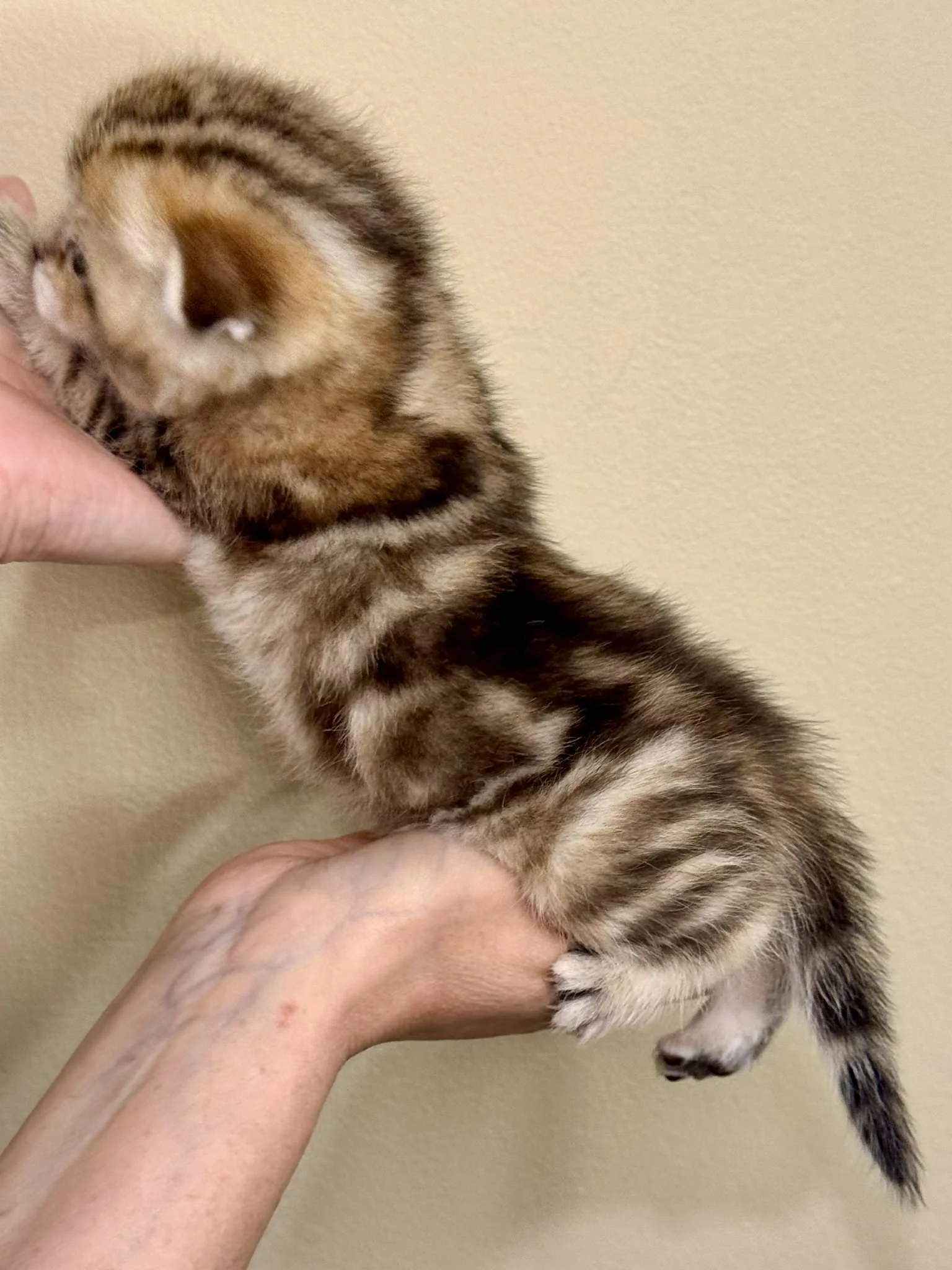
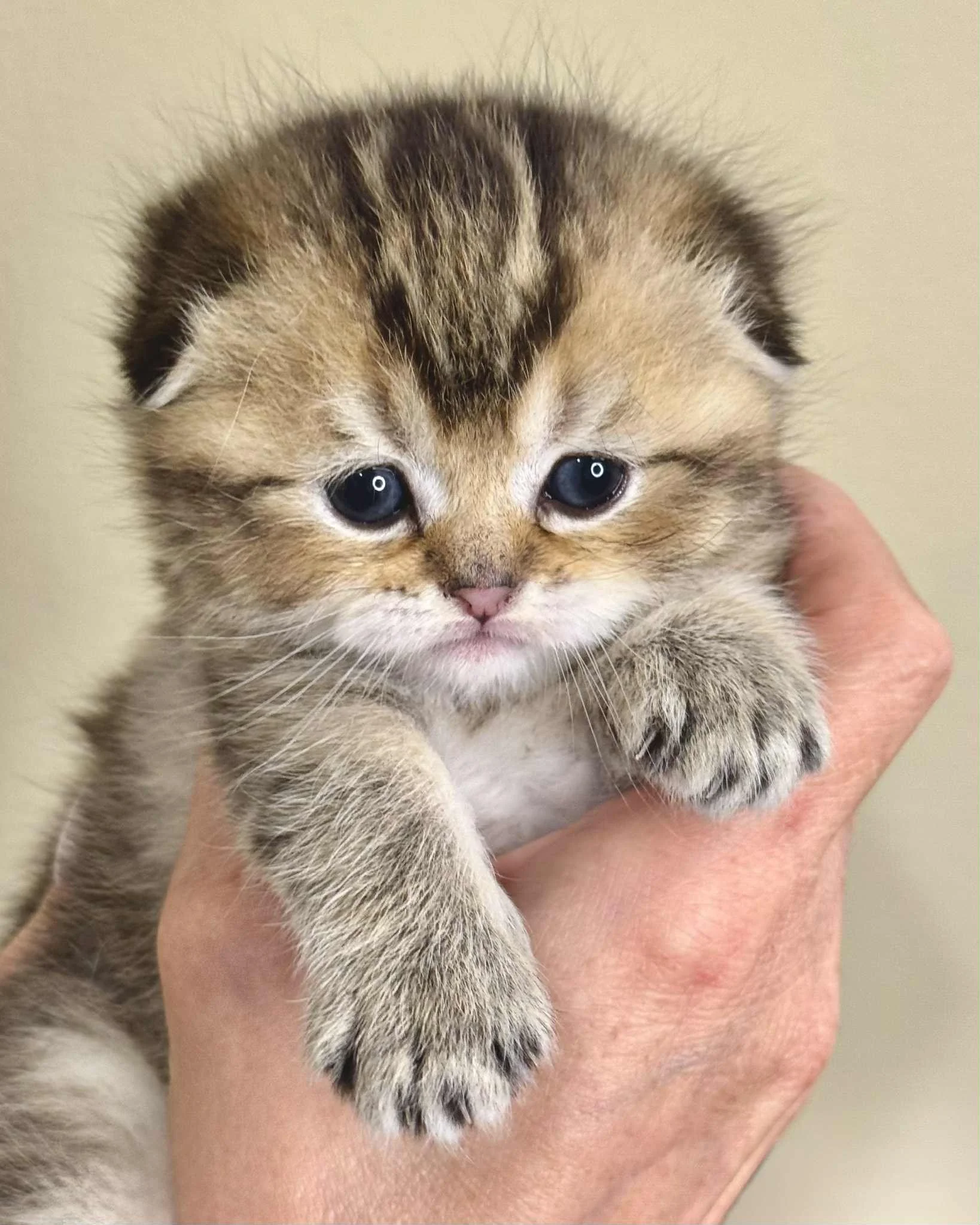



Discover the Scottish Fold cat breed—its history, unique folded ears, health considerations, temperament, and how to care for these charming cats